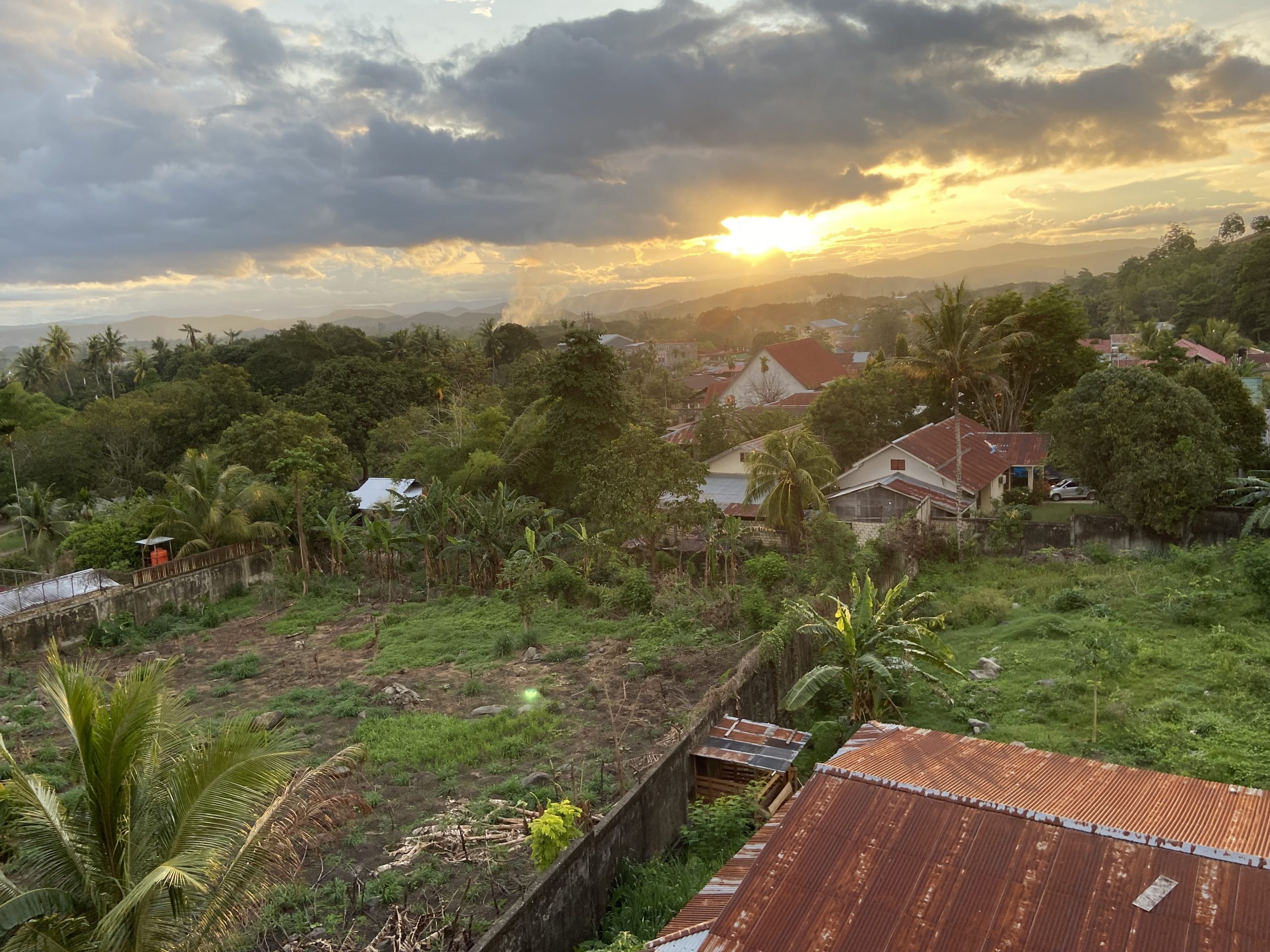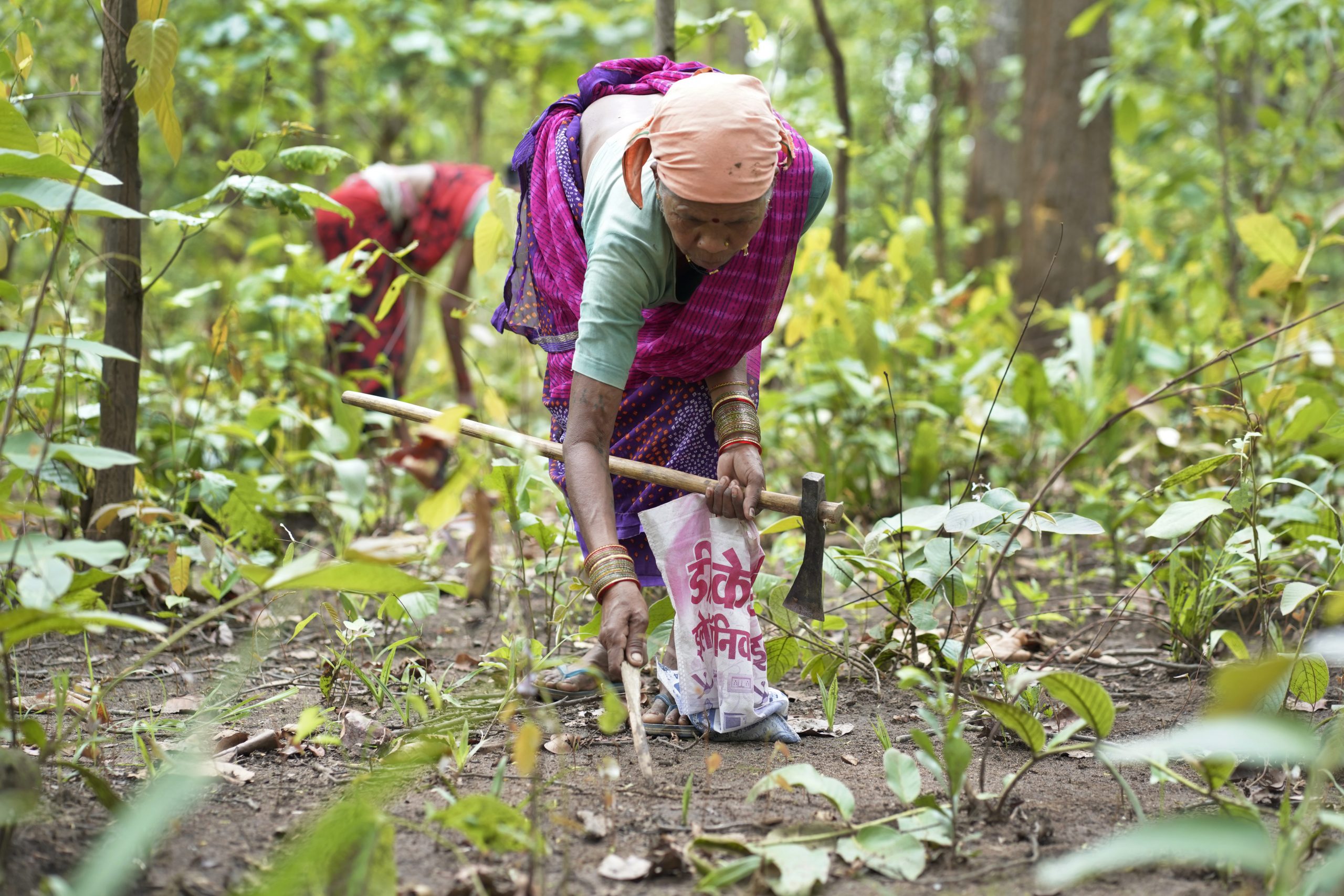2023-06-01
By Jeremy Gaunt
Imagine you and your community have lived and worked on your traditional land for centuries. Then a government kicks you off it, but for reasons tied to environmental preservation.
That is what happened in Kenya back in 1974, when the Endorois community of semi-nomadic pastoralists was evicted from its Rift Valley land so it could be turned into a national conservation park.
It is also what many Indigenous Peoples fear may be the consequences of the global biodiversity framework agreed by governments at last December’s United Nations Biodiversity Conference COP15 in Montreal.
The non-binding framework lays out 23 global targets to help halt biodiversity loss. Its most prominent goal, called 30 by 30, aims to have 30 percent of the world’s land and oceans protected from biodiversity loss by 2030. But will that protection come at the expense of indigenous people living on the protected land?

Governments “say that they want to restore, they want to reverse loss and all that,” said Christine Kandie, executive director of the Endorois Indigenous Women Empowerment Network.
“In time, you realise that you will see people coming into our indigenous land in the name of development, meaning that we’ve continued losing our only resource again.”
Kandie was speaking at the May 25 Land Dialogues webinar organised to consider the impact of COP15 some six months after nearly 190 countries approved the summit’s framework. The webinar was hosted by Tenure Facility, Land Portal, Ford Foundation and Thomson Reuters Foundation.
The prospect of governments riding roughshod over Indigenous Peoples rights in the name of global environmental protection is not solely linked to the 30 by 30 agreement. A Land Dialogues last year looked at what happens when big, climate-friendly projects such as hydroelectric generation clash with Indigenous Peoples’ rights.
"The time is now for local communities and indigenous communities to lobby. I think they can be very rewarded by acting now, "
Indeed, such conflicts were specifically considered at COP15, according to Jennifer Tauli Corpuz, global policy and advocacy lead for Nia Tero, a group that works with Indigenous Peoples who act as guardians of the Earth.
Numerous studies have shown Indigenous Peoples to be the best custodians of their own land when it comes to protecting ecosystems essential for life, fresh water, and food security.
Tauli Corpuz told the May webinar that language was inserted into the COP15 agreements specifically recognising and respecting the rights of Indigenous Peoples and local communities over their traditional territories.
“The reason for inserting that language in there was precisely because … many Indigenous Peoples were evicted in the name of conservation,” she said.
The challenge now would be how the language was interpreted by those implementing the 30 by 30 target.
“From the indigenous side, we feel that it’s very clear,” Tauli Corpuz said. “Indigenous governance of collective territory should be recognised outright and if Indigenous Peoples agree for their territories to be counted towards the 30 percent, then it could be counted.”

Getting Organised
The panellists agreed that it was probably too early to draw firm conclusions on the impact of COP15, but that it was clear Indigenous Peoples should be prepared to organise and fight for their rights at the top tables.
“The time is now for local communities and indigenous communities to lobby. I think they can be very rewarded by acting now,” said webinar panellist Alexandre Caldas, chief of country outreach for technology and innovation at the UN Environment Programme.
“Areas that are subject to extreme climate events, disaster risk management, et cetera, need to be even more emphasised for the protection of the land of the indigenous community,” he said.
Tauli Corpuz noted that there was plenty of language in international agreements that could be used to ensure rights for Indigenous Peoples. The COP15 framework, for example, is linked to previous resolutions by the UN Human Rights Council.
Separately, the International Labor Organization’s Article 169 sets standards for signee governments to ensure that indigenous and tribal peoples enjoy fundamental freedom and the full measure of human right.
"Respect comes through recognition,"
But the key will be in ensuring that governments comply. Indeed, various legal bodies have overturned Kenya’s actions in the Endorois case, but the community itself says that not much has changed.
The panellists offered various ideas about how Indigenous Peoples’ rights could be protected.
Tauli Corpuz, for example, suggested that the UN creates a special rapporteur for the issue, similar to the one appointed for the environment. Caldas, meanwhile, drew on his area of expertise to talk about how geospatial data and science were now capable of working on the trickiest of land rights issues.
But the bottom line came from Kandie, who said Indigenous Peoples needed to press constantly for self-determination.
“Respect comes through recognition,” she said.
Articles